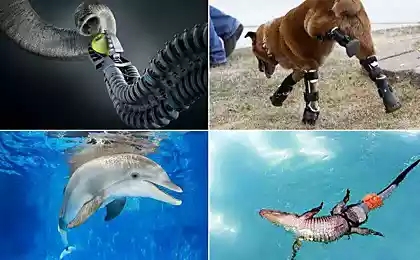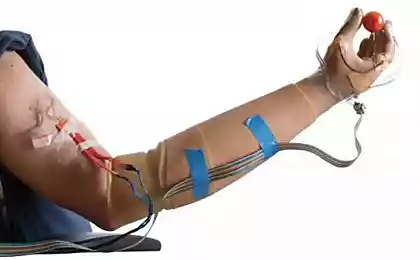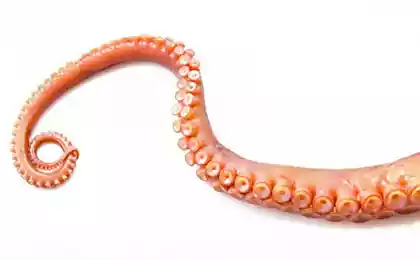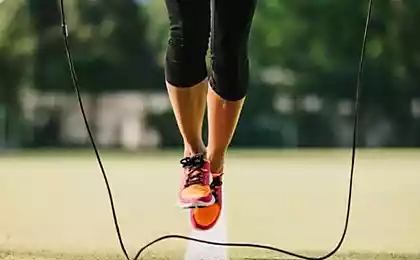480
Created the prosthetic legs that integrates directly into the bone
Thirty eight million two hundred three thousand nine hundred twenty nine
Despite the fact that scientists have made very significant progress in the development of prosthetic limbs, the vast majority of people who have lost their real limbs and received artificial dentures are not able to recover its former mobility. However, in medicine may soon be a new and more cybernetic way of solving this problem. Scientists from London created an artificial leg, which is not worn on the injured limb, and directly connected to human bone.
The so-called technology Itap (from "an intraosseous transcutaneous amputation prosthesis", "intraosseous transcutaneous amputation prosthesis") involves the installation of a metal implant directly to the end of the bone lost limbs. The metal implant passes under the skin and attached to an artificial foot, creating a direct link between the prosthesis and the body. Because of this, people who have lost a limb, not only to avoid problems with irritation caused by wearing conventional prosthesis, but literally through the prosthesis to feel what is happening with his artificial leg. A new prosthesis has an amazing level of back tactile feedback. The cost of all this, of course, would be that after installation of such a prosthesis is implanted it cannot be removed. It will become part of your body.

"I now know where my leg is. The possibility of awareness of this has increased dramatically because now I can feel it through my bone," says mark O'leary, one of the first 20 volunteers participating in clinical trials of the new technology.
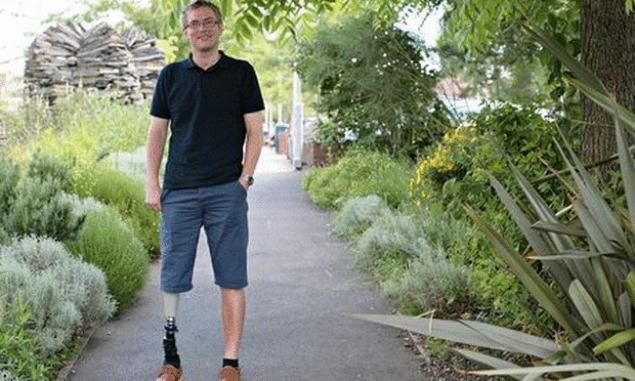
"Crossing the textured surface, I now can feel it. With a conventional prosthesis, it is quite impossible, but with Itap you can feel everything. He actually gave me back my leg."
Portal Popular Science was able to find out some very interesting details about this technology. One such detail is that the developers of the technology were inspired by impressed by the features and functions of deer antlers. To avoid the possibility of rejection by the body of the metal implant, the researchers have designed it so that it was as porous, as the antlers in the places where they connect to the skull. This porosity allows the soft tissues of the body in a more natural way to connect with the hard tissues of the implant.
It should be noted that, despite the serious success, it does not mean that the technology Itap tomorrow may appear in medical practice prosthetics. Scientists note that it is necessary to conduct further research and to resolve some legal issues. And yet a few lucky Itap was able to make life easier.
Source: hi-news.ru
Despite the fact that scientists have made very significant progress in the development of prosthetic limbs, the vast majority of people who have lost their real limbs and received artificial dentures are not able to recover its former mobility. However, in medicine may soon be a new and more cybernetic way of solving this problem. Scientists from London created an artificial leg, which is not worn on the injured limb, and directly connected to human bone.
The so-called technology Itap (from "an intraosseous transcutaneous amputation prosthesis", "intraosseous transcutaneous amputation prosthesis") involves the installation of a metal implant directly to the end of the bone lost limbs. The metal implant passes under the skin and attached to an artificial foot, creating a direct link between the prosthesis and the body. Because of this, people who have lost a limb, not only to avoid problems with irritation caused by wearing conventional prosthesis, but literally through the prosthesis to feel what is happening with his artificial leg. A new prosthesis has an amazing level of back tactile feedback. The cost of all this, of course, would be that after installation of such a prosthesis is implanted it cannot be removed. It will become part of your body.

"I now know where my leg is. The possibility of awareness of this has increased dramatically because now I can feel it through my bone," says mark O'leary, one of the first 20 volunteers participating in clinical trials of the new technology.

"Crossing the textured surface, I now can feel it. With a conventional prosthesis, it is quite impossible, but with Itap you can feel everything. He actually gave me back my leg."
Portal Popular Science was able to find out some very interesting details about this technology. One such detail is that the developers of the technology were inspired by impressed by the features and functions of deer antlers. To avoid the possibility of rejection by the body of the metal implant, the researchers have designed it so that it was as porous, as the antlers in the places where they connect to the skull. This porosity allows the soft tissues of the body in a more natural way to connect with the hard tissues of the implant.
It should be noted that, despite the serious success, it does not mean that the technology Itap tomorrow may appear in medical practice prosthetics. Scientists note that it is necessary to conduct further research and to resolve some legal issues. And yet a few lucky Itap was able to make life easier.
Source: hi-news.ru







